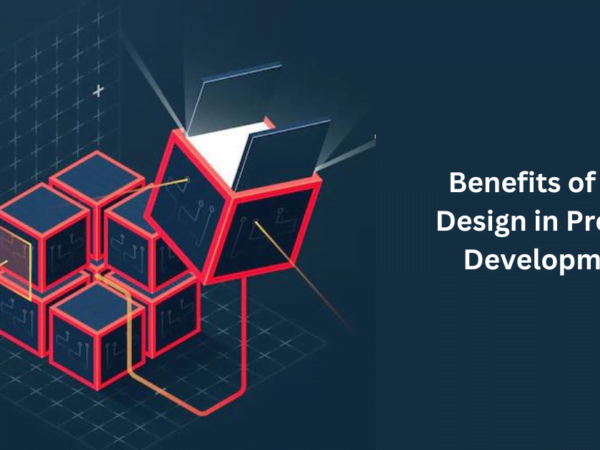
It is important for product teams to build a design system for two reasons. First, it’s significantly easier to update and maintain the product when teams have a unified set of guidelines — a cornerstone of effective product design services. While having a consistent design language might seem minor, it becomes a game-changer for complex products or websites. Consistency not only improves user experience but also streamlines collaboration. Without it, teams can lose sight of their objectives or head in conflicting directions, which hampers efficiency and quality.
A design system is a collection of design, style, and pattern libraries. In the past, they were a luxury. Today, they are a necessity. The design rules, patterns, and elements that made sense for one project are no longer relevant for another. Building a design system allows developers to share iterative design knowledge, and allows designers to build on patterns and code that have already solved a problem. This shared knowledge can be leveraged across a team and project.
Describe the Products Purpose
The objective, which forms the basis of the product design, should guide design and development choices. A product’s purpose should be encapsulated in a single sentence. For instance, our objective would be to aid users in relaxing if we were creating meditation software for speedy unwinding. If we had to sum up this goal in one line, it may go something like this: “Help individuals unwind quickly.”
Systems for design and MVPs
A design system is a comprehensive database of project data. It include the programming that power the front end as well as the visual component. It is long it will take to create design because.
This might be challenging for early-stage start-ups with limited resources. However, it is beneficial to begin with even a simple design system because it will pay off in the long run.
Consistency in design systems
The user experience is greatly impacted by design consistency, which is of utmost importance. It’s far preferable to have a design that is both straightforward and cohesive. The number of designers and developers increases as your program expands. The team may occasionally grow to include members in additional cities and even continents. Over time, some team members depart from the project and others are added.
All of this can quickly result in a situation where there is little control over how the various components of an app look and behave because of a lack of communication and innovation. Design systems are a great way to solve this issue because they take on the role of the final arbiter.
Tools for system design to explore regarding
The primary distinction between these two programs is that Figma is a cloud-first, cross-platform tool, whereas Sketch is a desktop program for the Mac alone.
Systems for designing buildings may be affected by this. Advanced design systems, as I mentioned before, are typically the product of the labor of several designers or even entire teams. Because of this, Figma is a far more logical option in this situation.
Even though Sketch is a fantastic, well-known tool, it functions much better in less sophisticated design systems because it needs external programs to collaborate and share data.
Systems design and effectiveness
When a new designer or front-end developer joins the team, a design system’s value becomes apparent. Onboarding is faster and operates much more transparently as a result of clear criteria. Additionally, they lessen the undesirable form of inventiveness that results in clumsy and crude solutions.
Design systems undoubtedly provide numerous benefits and are helpful in a variety of ways, but at Shalin Designs, we thoroughly evaluate each project before we begin developing a complicated library. We balance the costs and benefits when working on smaller projects, particularly proof-of-concept ones. Sometimes it doesn’t take much work to confirm a straightforward idea or market fit. Then, a straightforward style manual or an openly accessible design system works just fine.
We combine best-in-category engineering, product design, and design thinking to create engaging and emotionally connected products, get in touch for your project inquiry.



